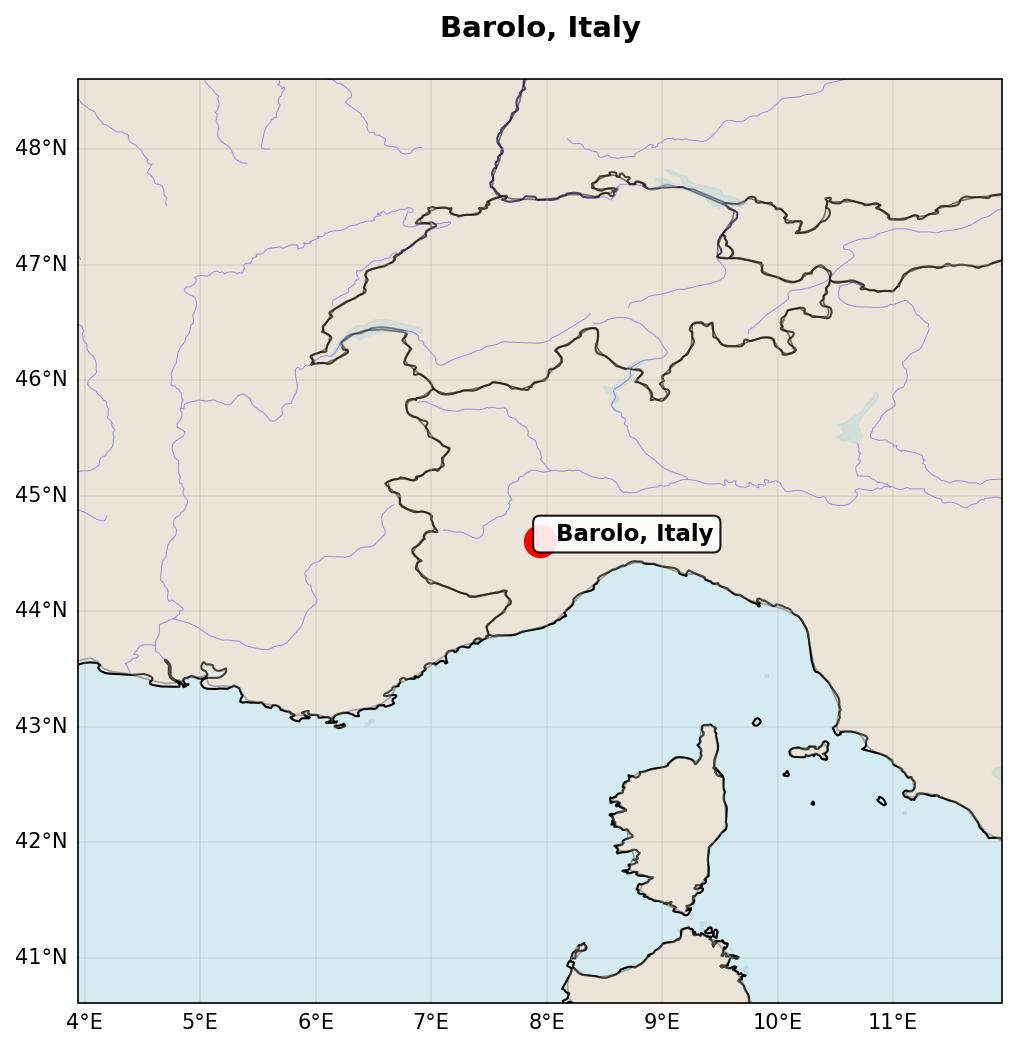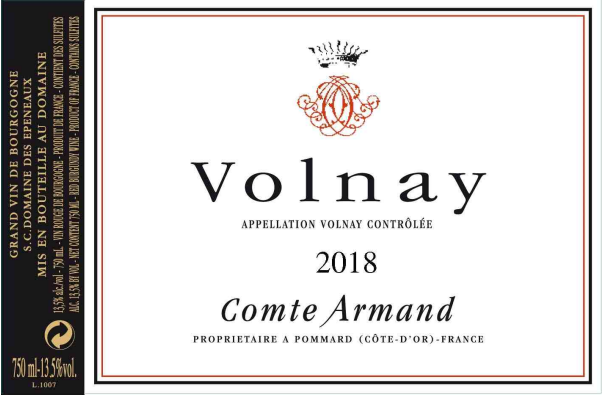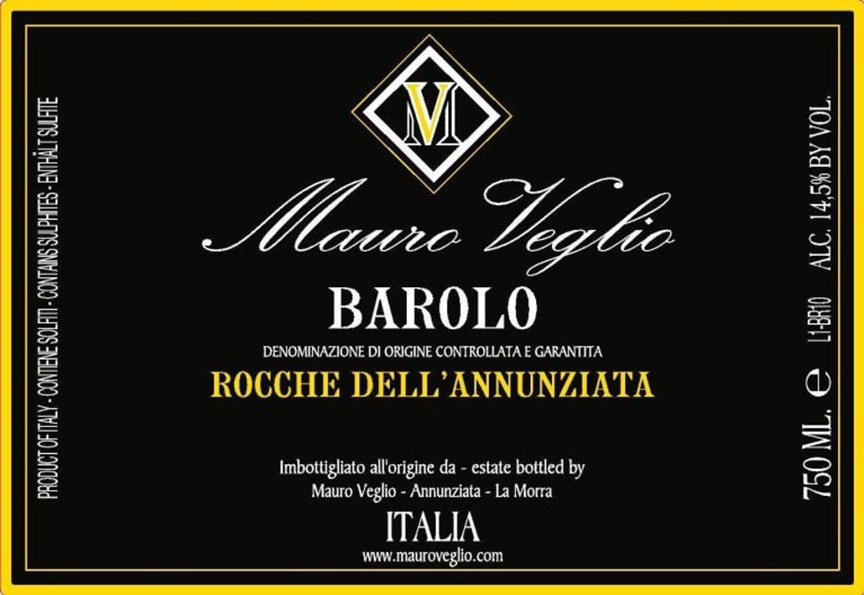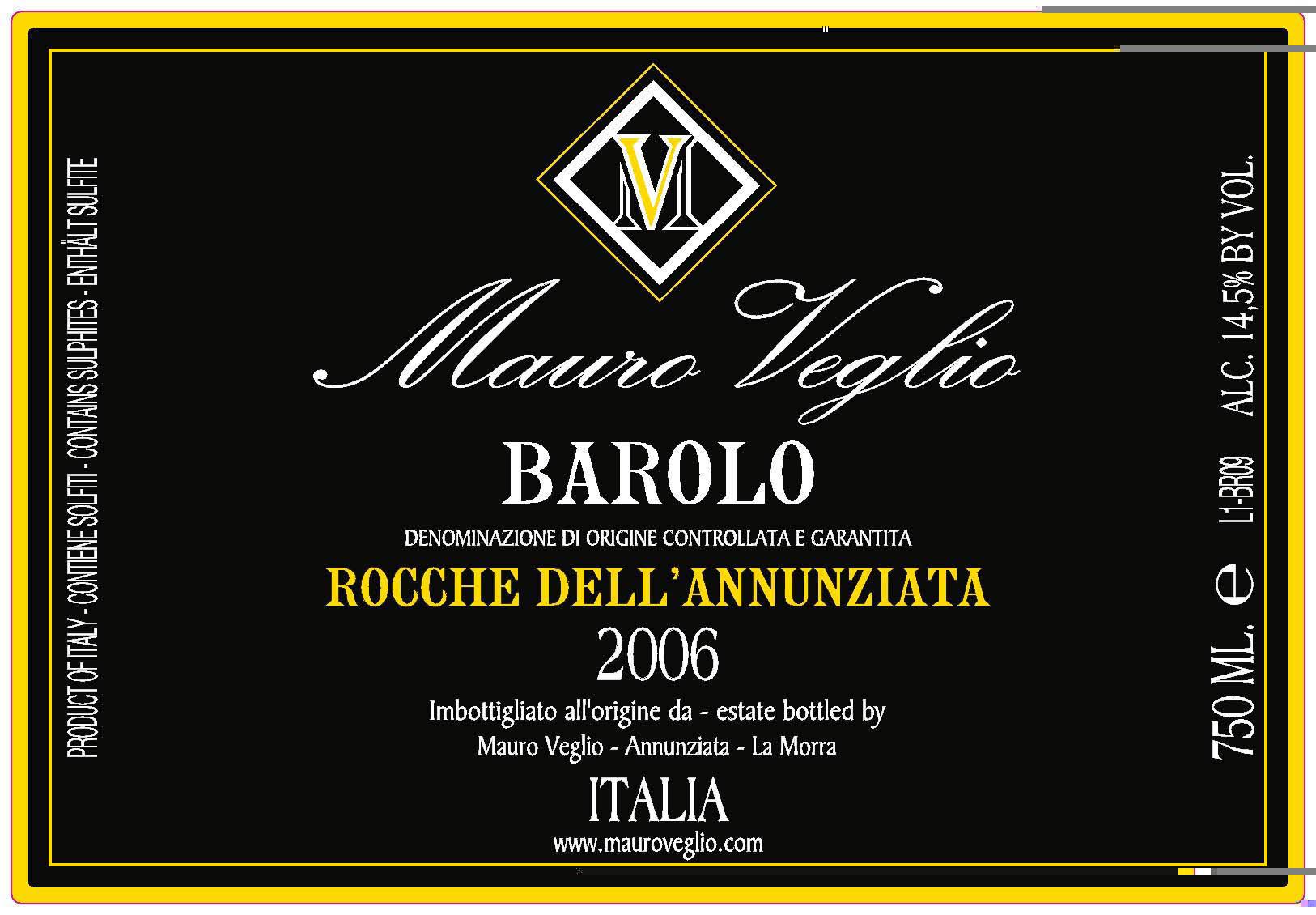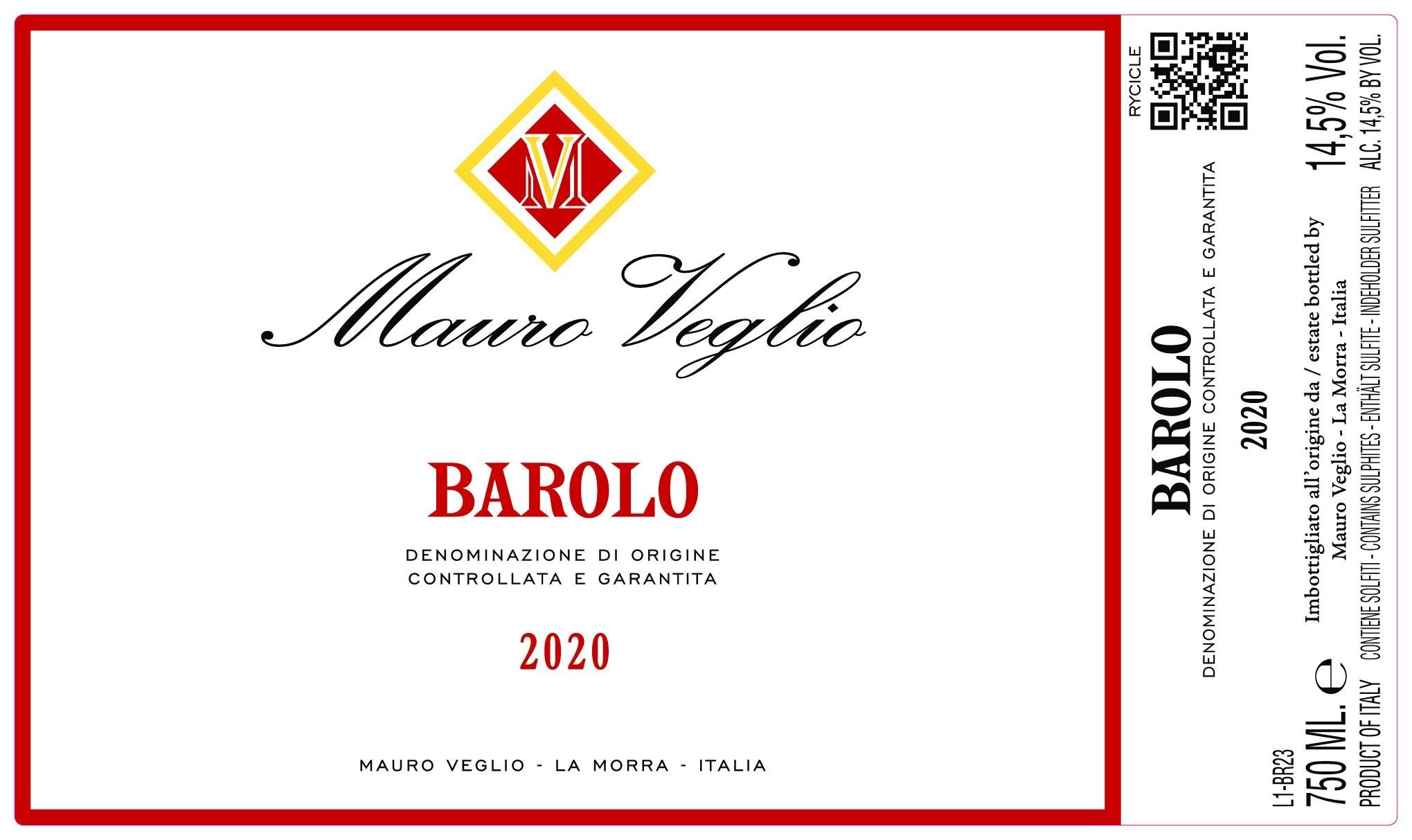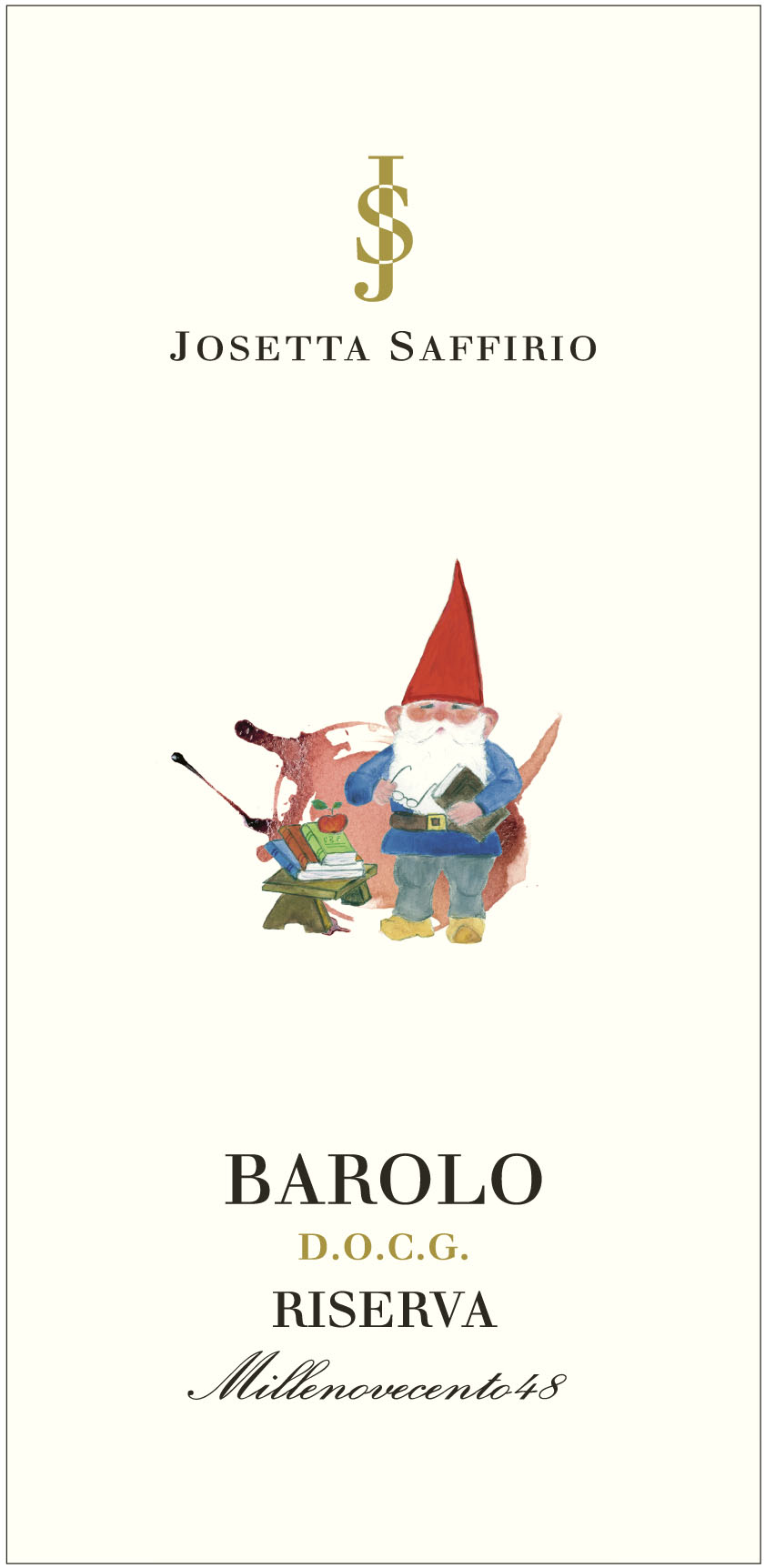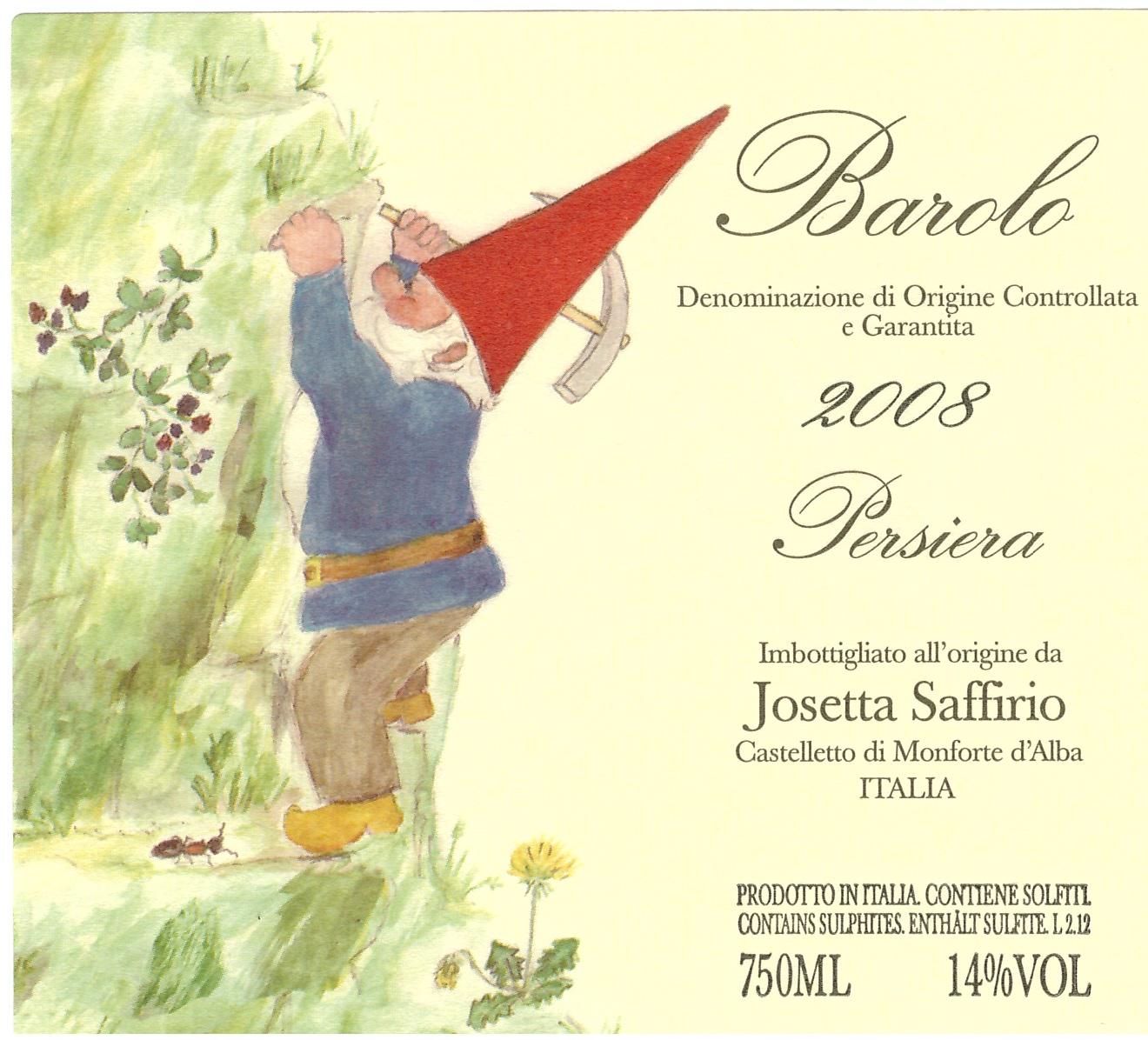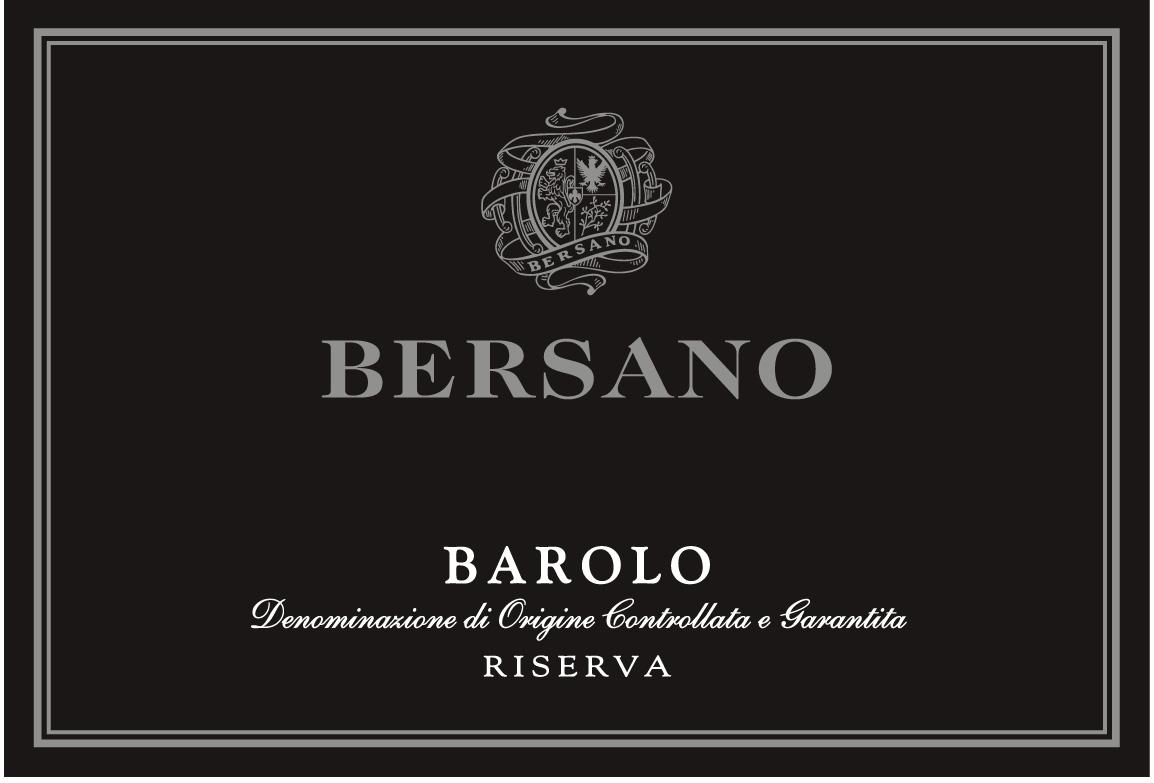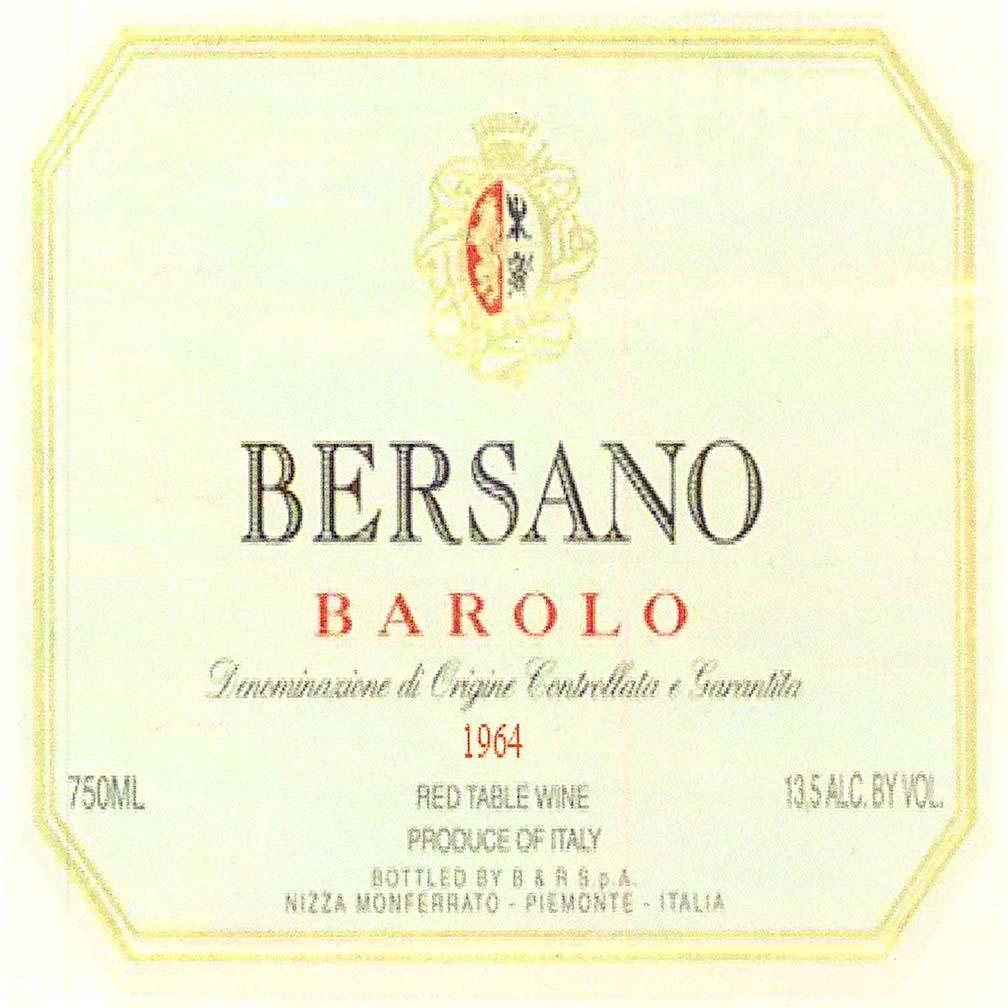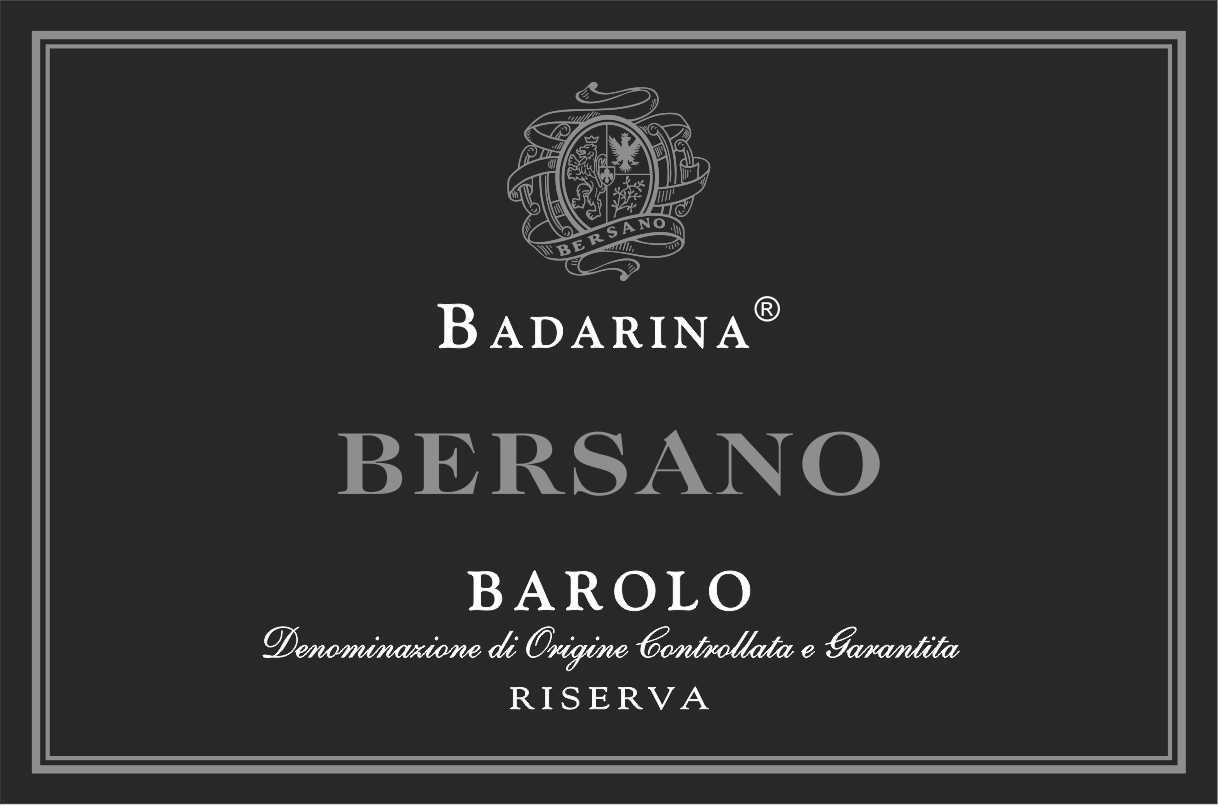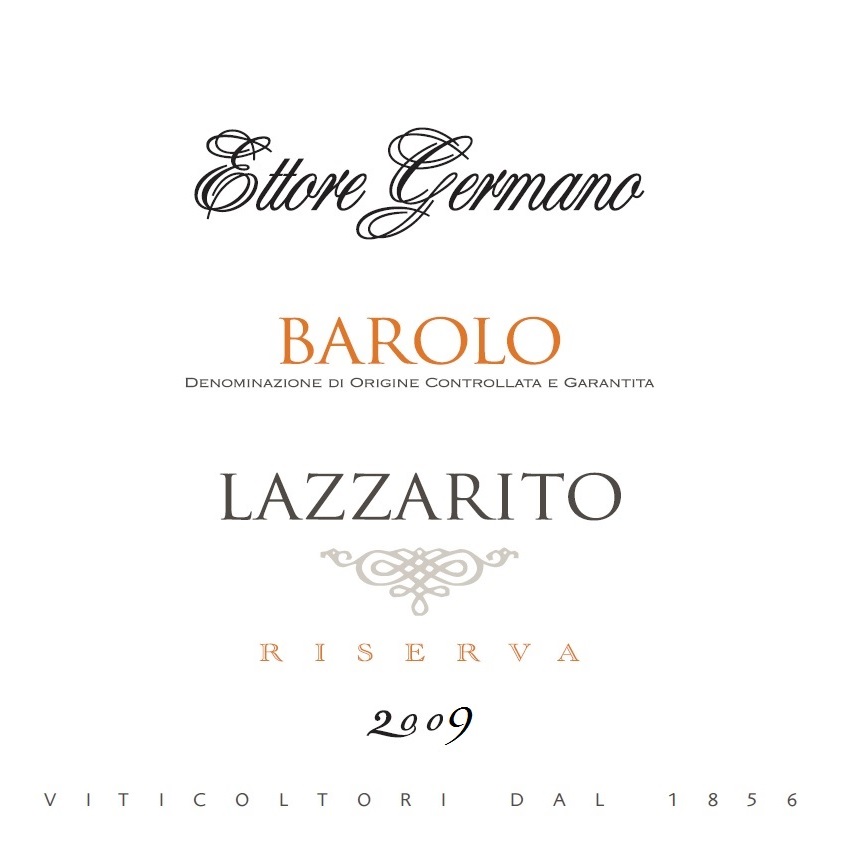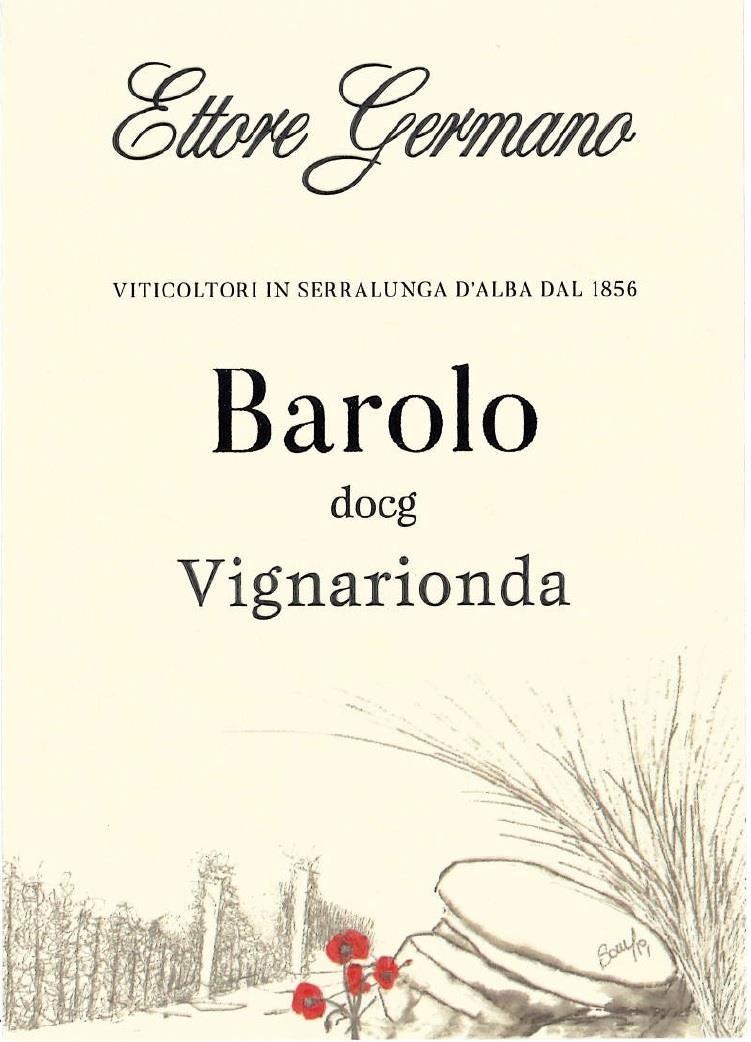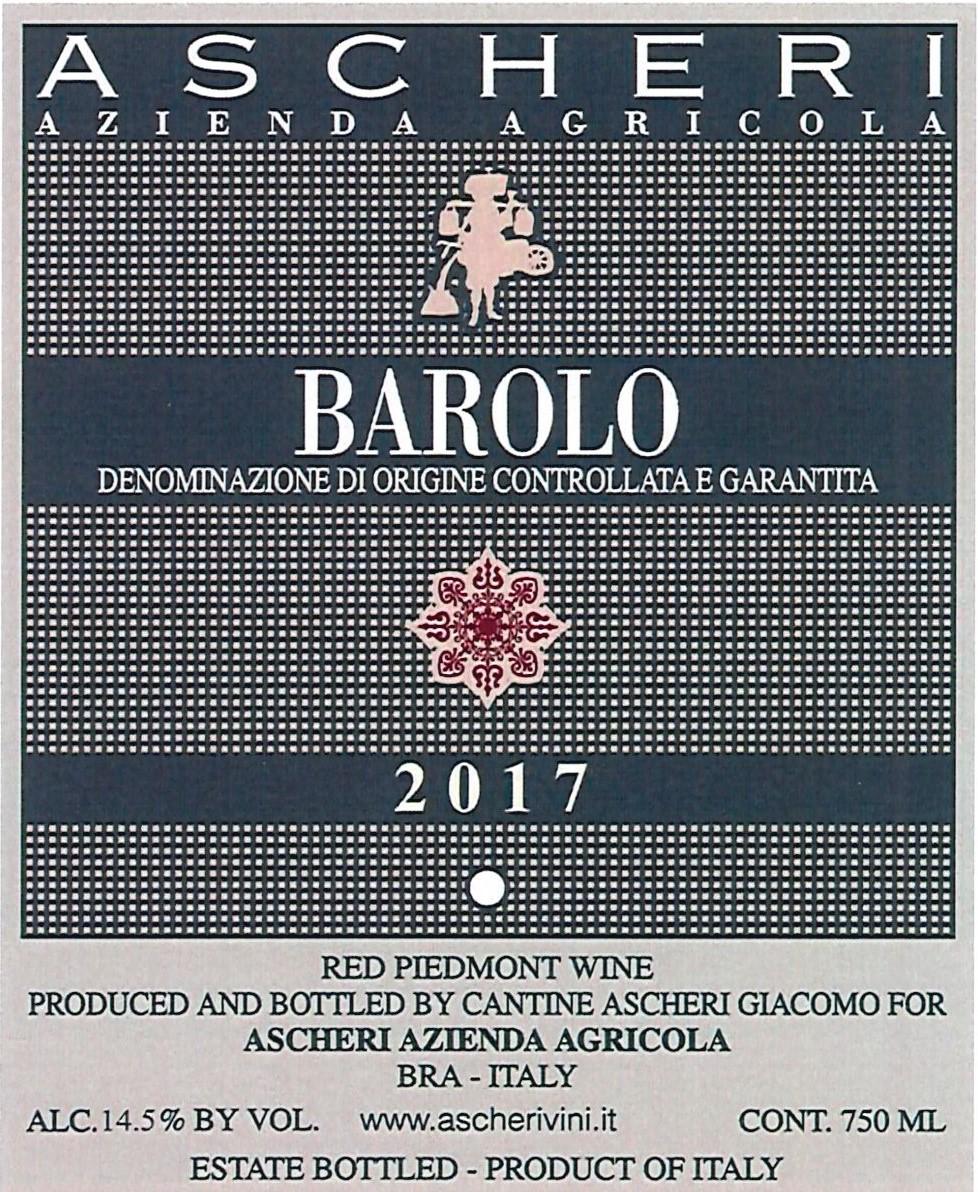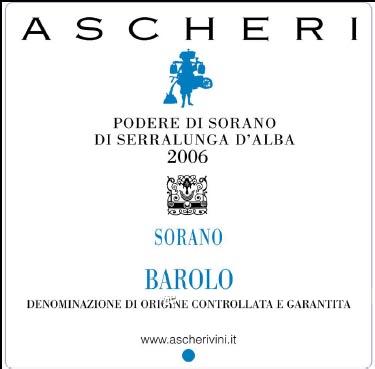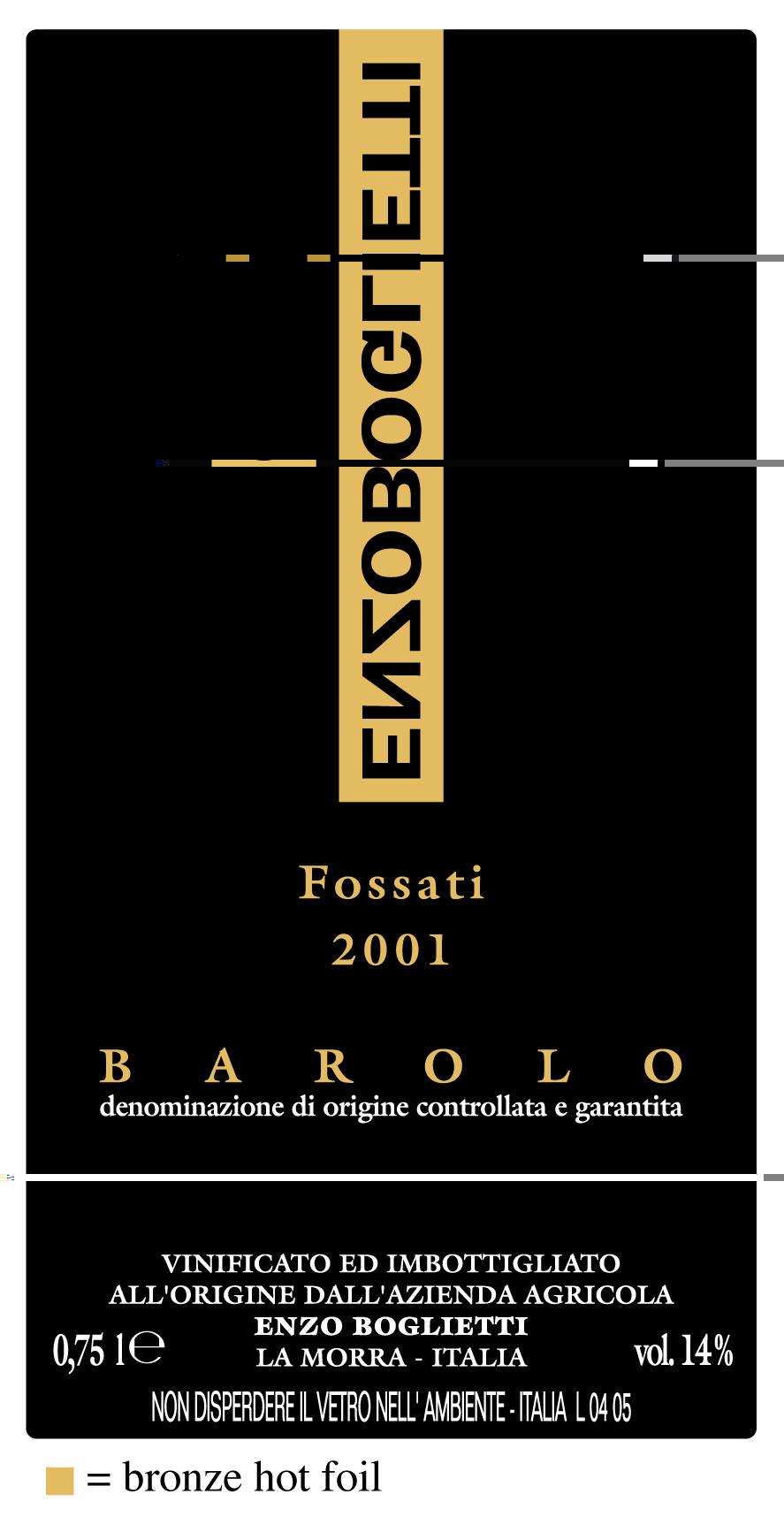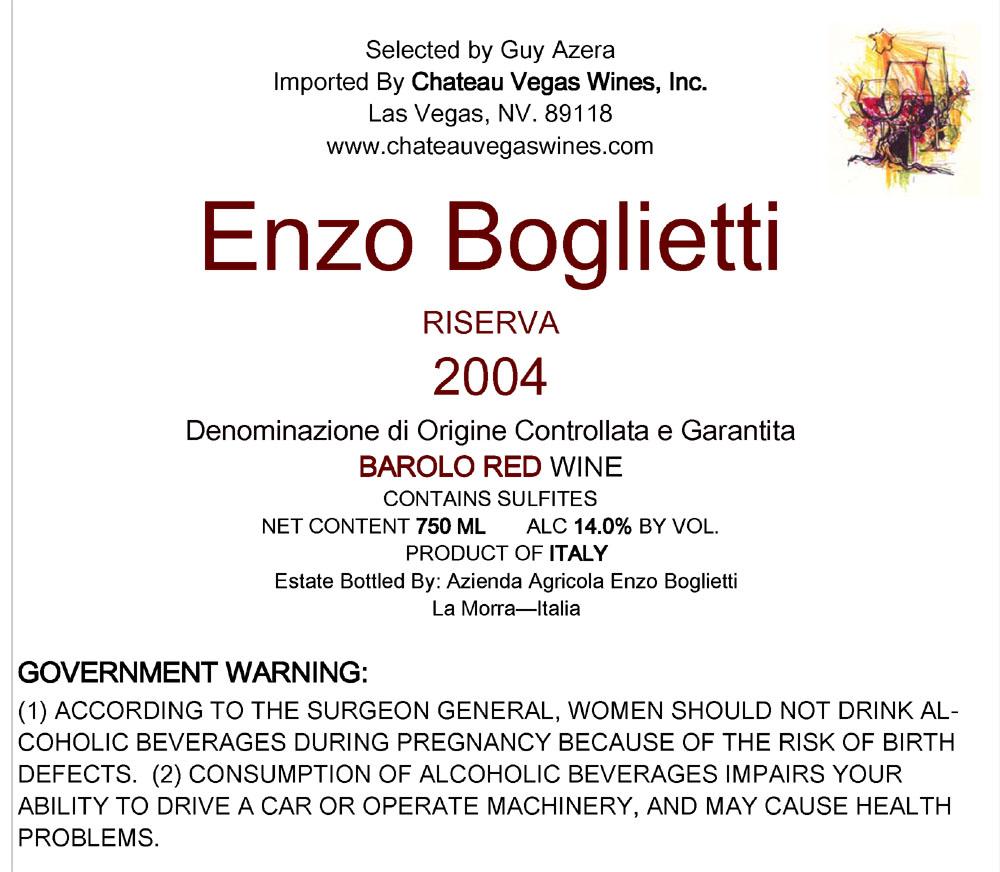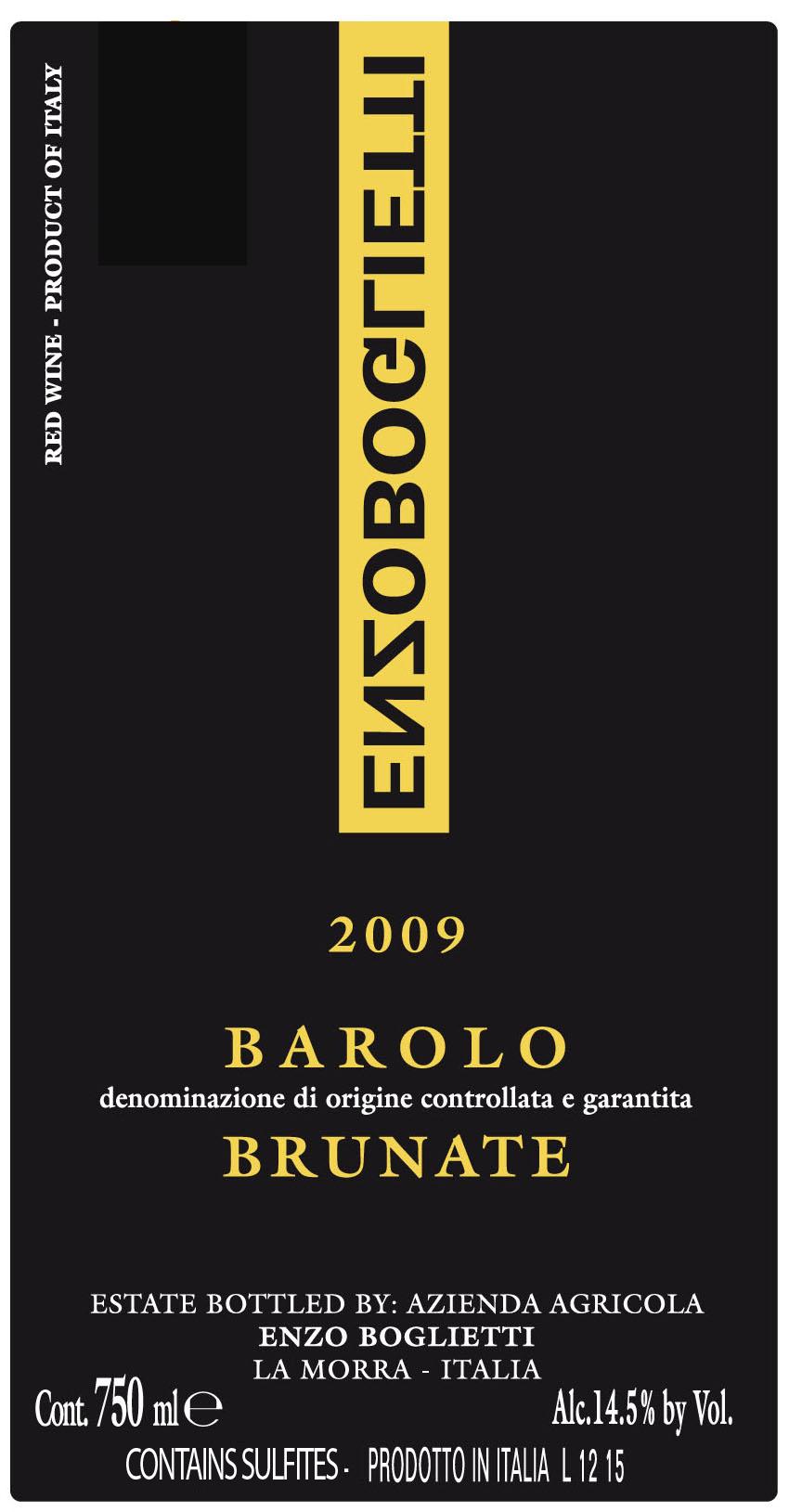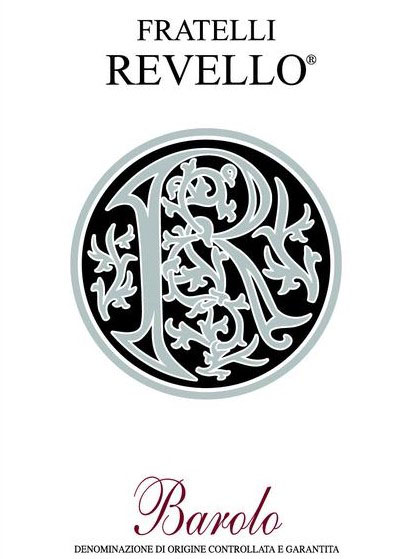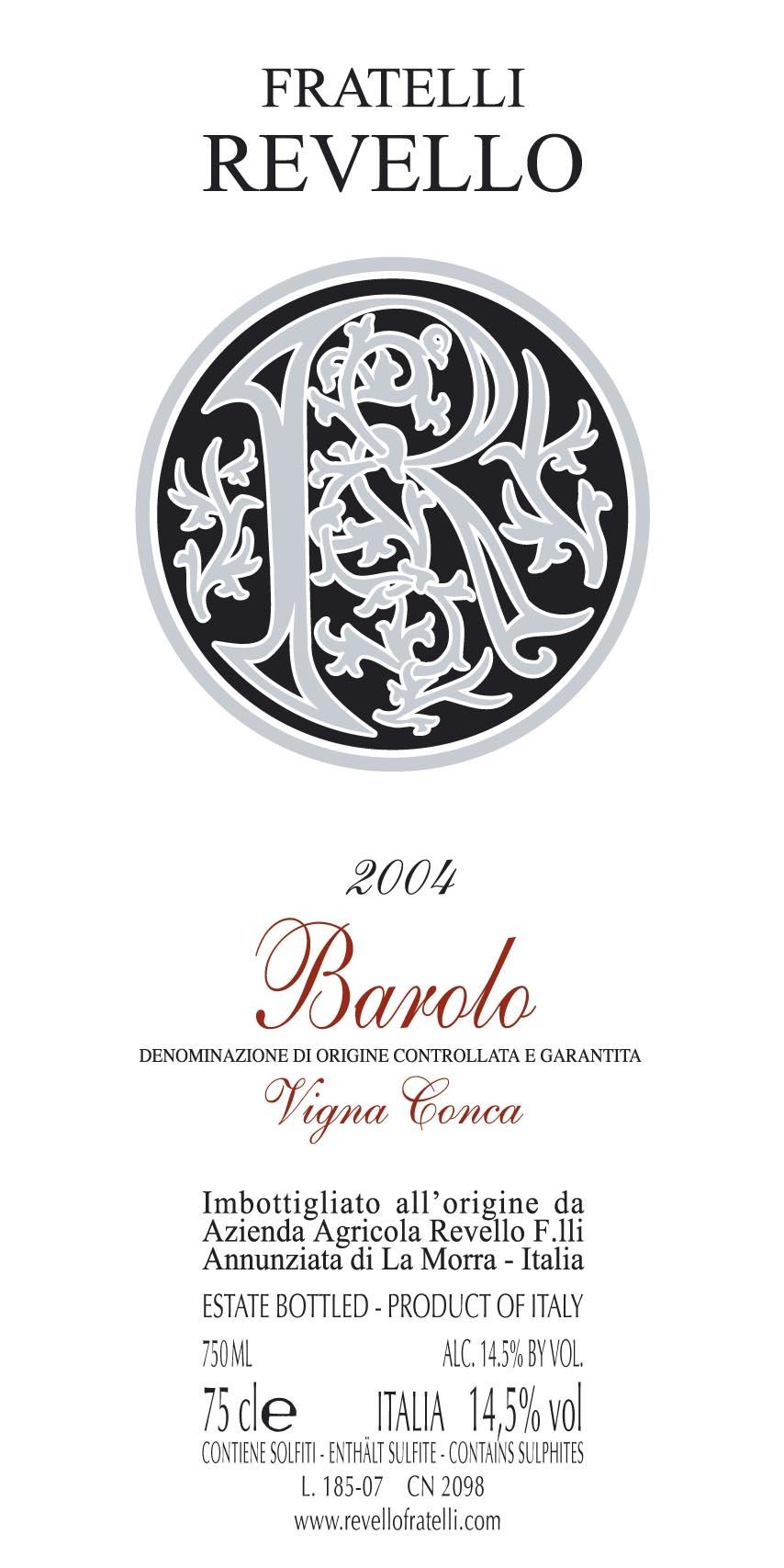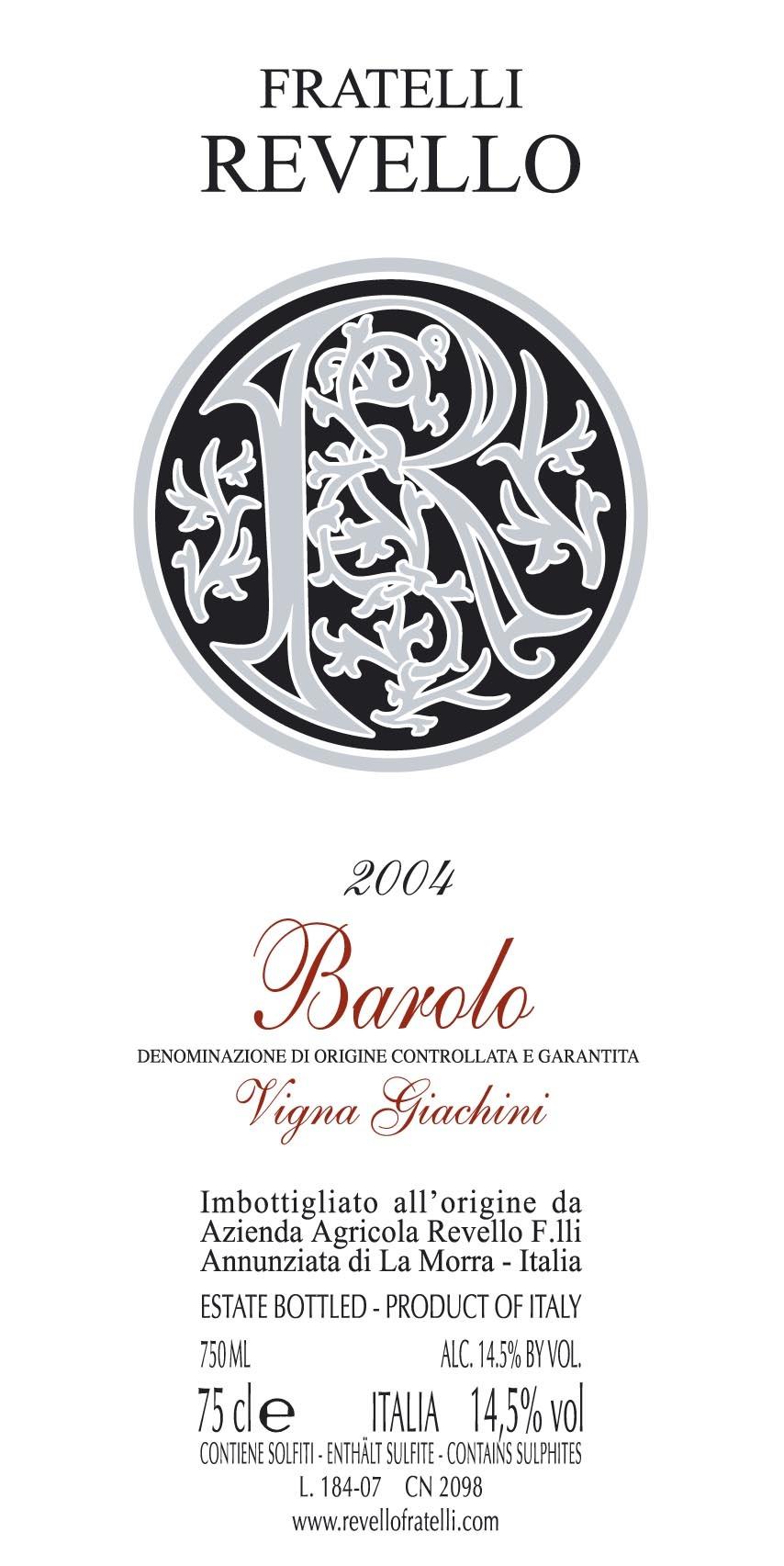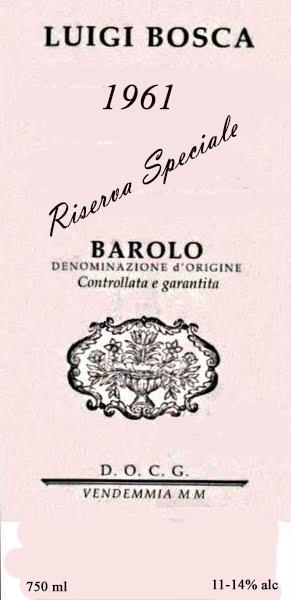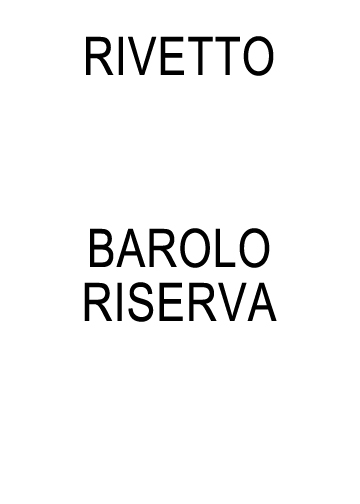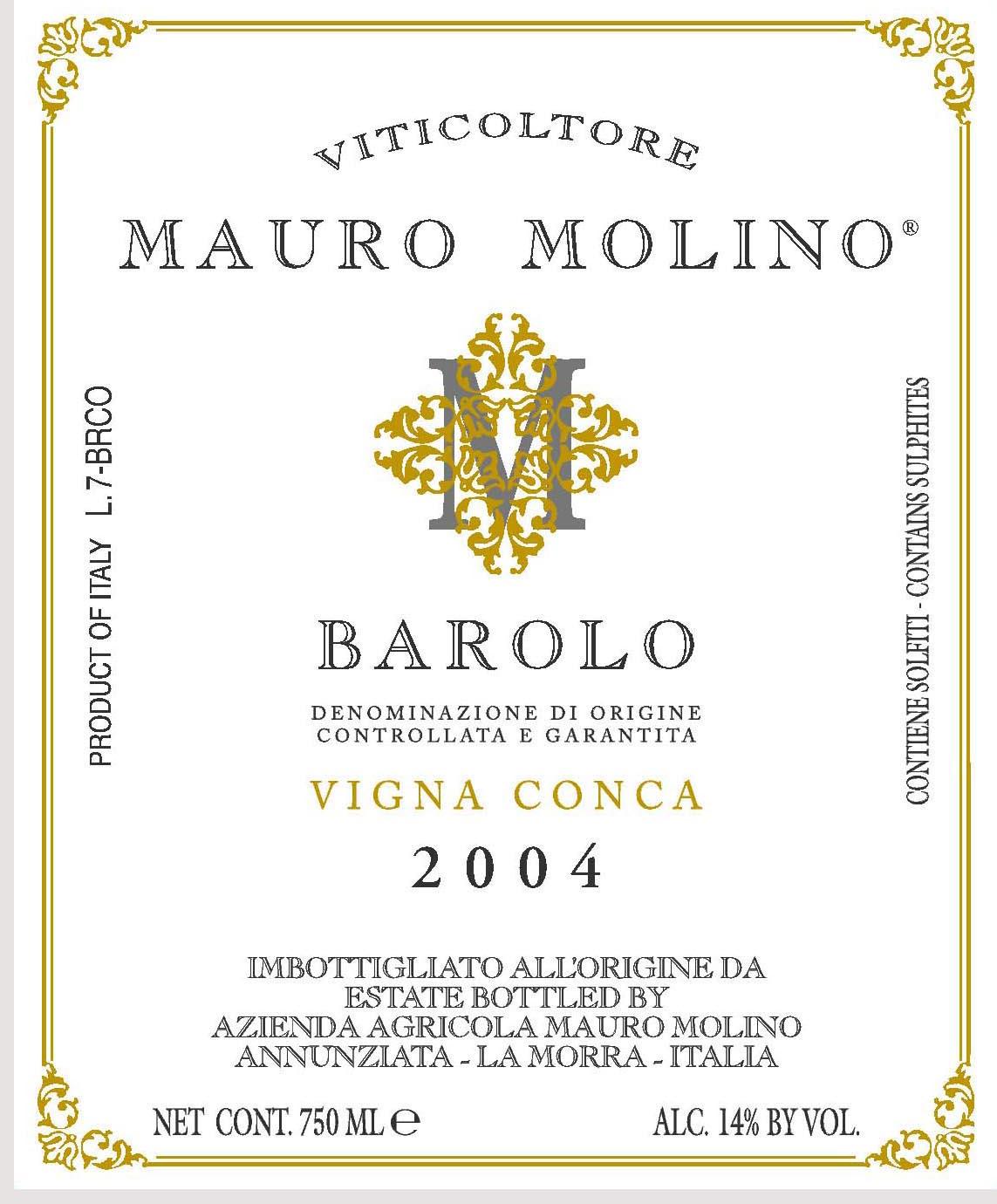Signature Barolo Wine Styles & Grape Varieties
-
Nebbiolo (Barolo DOCG): Known for its tannic structure and high acidity. It offers aromas of cherry, rose, licorice, and truffle. Young Barolo wines boast flavors of red cherry and tar, which evolve into leather and tobacco with age.
-
Barolo Riserva: Aged for at least five years, these wines are from exceptional vintages, offering complexity and smooth tannins.
-
Barolo Chinato: A spiced, bittersweet wine made by infusing Barolo with botanicals like cinnamon and quinine, often enjoyed as a digestif.
Barolo wines are dry and structured, designed for long-term aging. Traditionalists use large barrels for firm wines, while modernists prefer smaller barrels for fruit-forward wines.
Terroir of Barolo
Barolo's terroir is as intricate as its wines, shaped by the rolling hills of the Langhe at elevations between 170 and 540 meters, promoting excellent drainage. The climate is continental with warm, sunny summers and cool, foggy autumns, influenced by the nearby Alps. This fog, “nebbia,” aids in the late ripening of the Nebbiolo grape. Winters are cold, with frost being common, and spring brings storms, making the vineyard's slope and shelter crucial.
Temperature swings from day to night help maintain acidity and enhance grape aromas. Soils vary greatly, from Tortonian marls that produce fragrant, approachable wines in La Morra and Barolo, to the sandstone soils in Monforte d’Alba and Serralunga d’Alba that yield more structured, long-lived wines. This diversity mirrors Burgundy’s “cru” system, where vineyard location heavily influences wine character.
Notable Wineries in Barolo
Barolo’s reputation as a top wine region is bolstered by its blend of traditional and modern winemaking families. Here are some remarkable wineries shaping the scene:
-
Giacomo Conterno: Esteemed for the iconic Monfortino Riserva, a symbol of Barolo's historic excellence.
-
Aldo Conterno: Known for crafting Barolo with a balance of power and finesse.
-
Bruno Giacosa: Celebrated for producing wines that reflect the purity of Nebbiolo.
-
Bartolo Mascarello: A traditionalist icon, emphasizing the essence of Barolo through blended vineyard expressions.
Many of these wineries offer tastings by appointment, allowing visitors to explore historic cellars or enjoy modern amenities. They exemplify Barolo's commitment to quality, showcasing the unique terroirs of Cannubi, Brunate, and other renowned vineyards.
Sustainable Winemaking in Barolo
Barolo's vineyards, with their steep hills and delicate soils, are embracing sustainable practices to protect their unique terroir. Many growers are adopting low-intervention methods, using cover crops like grass and mulch to prevent erosion and boost biodiversity. These measures ensure the soil remains healthy, while natural rainfall, instead of irrigation, is the primary water source, adhering to strict regional rules.
In recent years, more producers have shifted towards organic, biodynamic, and integrated pest management techniques, reducing chemical use and enhancing the distinct character of their wines. Winemaking facilities focus on sustainability by utilizing gravity instead of pumps, recycling water, and incorporating renewable energy. The regional consortium supports these efforts, promoting a collective commitment to environmental stewardship and preserving the heritage of Barolo.
Wine Tourism in Barolo
Barolo's wine tourism offers a rich tapestry of experiences, steeped in history and natural beauty.
The village of Barolo invites exploration with its Wine Museum and Regional Enoteca housed in the medieval Castello Falletti, where visitors learn about wine appellation and sample local wines.
The Strada del Barolo showcases a scenic trail through vineyards, offering vistas like the Belvedere di La Morra.
Travelers can savor Piedmontese cuisine at numerous agriturismi and boutique B&Bs, often paired with local wines.
The region's vibrant events include the Collisioni festival and the Alba White Truffle Fair, where visitors can enjoy truffle hunting alongside cellar tours.
Barolo's blend of traditional and modern tasting rooms, set against a backdrop of UNESCO-recognized landscapes, makes it a premier destination for wine enthusiasts.


